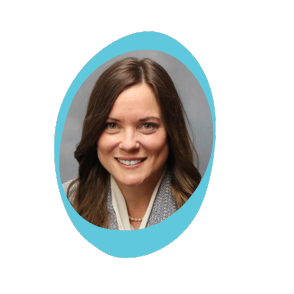Patients and providers alike flocked to telehealth in 2020. Before the COVID-19 pandemic began, fewer than one percent of Medicare primary care visits (PCV) were conducted via telehealth. By April 2020 that number had risen to 43 percent. (See the data.)
This spike was in response to fear of spreading the virus, of course. But it was only possible because healthcare organizations worked so hard to adjust to meet the ongoing patient needs. The federal government helped by announcing a public health emergency that eased key rules.
Related: Differing state regulations make telehealth compliance more complex.
Compliance professionals worked across their organizations to make sure that everyone understood and complied with documentation, coding and confidentiality requirements. For example, compliance professionals collaborated with clinical teams to ensure telehealth workflows were HIPAA compliant. And, given the potential for abuse and scrutiny, providers who bill Medicare/CMS took extra care to document visits properly.
Telehealth has been hugely popular with patients and has led to better visit compliance, particularly for uninsured and underinsured populations. Telehealth has improved patient care by allowing convenient appointments from the comfort of home via a smartphone, tablet, or computer. Another benefit is that telehealth has the potential to expand health care access to underserved populations by eliminating traditional barriers to care such as transportation needs, distance from specialty providers, and approved time off from work. These visits were essential for patients with limited mobility. And of course, there’s the most immediate and urgent benefit of telehealth: reducing the spread of COVID-19 by limiting person-to person-contact.
The work for the Compliance team and colleagues across the organization was significant. They had to determine how to maintain confidentiality, obtain consent, and determine proper billing codes. Despite the enormity of this task, the effort seems to be worth it. Patients are reporting that telehealth helps them take better care of themselves. According to Medical Economics:
- 93% of patients would use telehealth to manage prescriptions, and
- 91% shared telehealth would help them stick to appointments, manage prescriptions and refills, and follow wellness recommendations.
Providers seem to feel that they have worked through a lot of the challenges of telehealth compliance, especially when internet connections are stable. Nicole Craig is a Family Nurse Practitioner at Children’s Rehabilitative Services in Phoenix. She says compliance guidance helps providers “know what has to be documented in the chart to protect ourselves from things such as improper billing and coding.” And, “in 2021 the billing is now different. Getting help from Compliance allows providers to bill time-based care. We have to understand the billing rules and compliance factors in order to follow them, especially during telehealth visits.”
For most PCVs, telehealth proved to be an efficient way to provide care. This method limited in-person visits to those instances where the patient needed a hands-on physical assessment or diagnostic testing.
Isabella Porter, JD, director of Compliance at District Medical Group, Inc., is confident that 2020 created a rebirth of telehealth. She also sees a new appreciation of this method of care delivery which healthcare will not abandon once the pandemic is deemed “over.” And she knows that her team will be a big part of her organization’s success. “I do believe that in the context of telemedicine during COVID-19, our Compliance department’s assistance with telehealth workflows lead to overall better patient outcomes during the pandemic,” she said.
It’s a good thing. While concern about the coronavirus will recede, providers and patients alike will want to continue some telehealth visits. Healthcare leaders will work collaboratively to ensure their organizations can continue to offer this important option.
Keep on top of regulations affecting telehealth and make sure those regulations are translated into policies and procedures that affect patient care. YouCompli customers have access to notifications about changes to regulations, resources to inform policy and procedure updates, and tools to track compliance. Contact us today to learn more.

Denise Atwood, RN, JD, CPHRM has over 30 years of healthcare experience in compliance, risk management, quality, and clinical areas. She is also a published author and educator on risk, compliance, medical-legal and ethics issues. She is currently the Chief Risk Officer and Associate General Counsel at a nonprofit, multispecialty provider group in Phoenix, Arizona and Vice President of the company’s self-insurance captive.
Subscribe to receive updates from YouCompli
Denise Atwood, RN, JD, CPHRM
District Medical Group (DMG), Inc., Chief Risk Officer and Denise Atwood, PLLC
Disclaimer: The opinions expressed in this article or blog are the author’s and do not represent the opinions of DMG.

